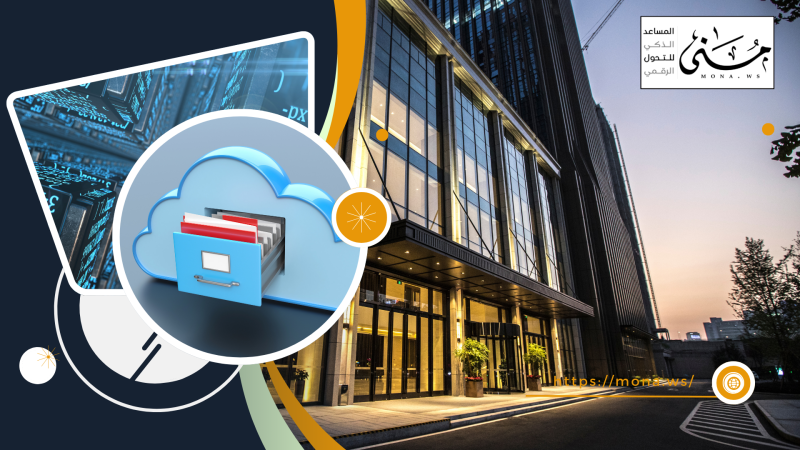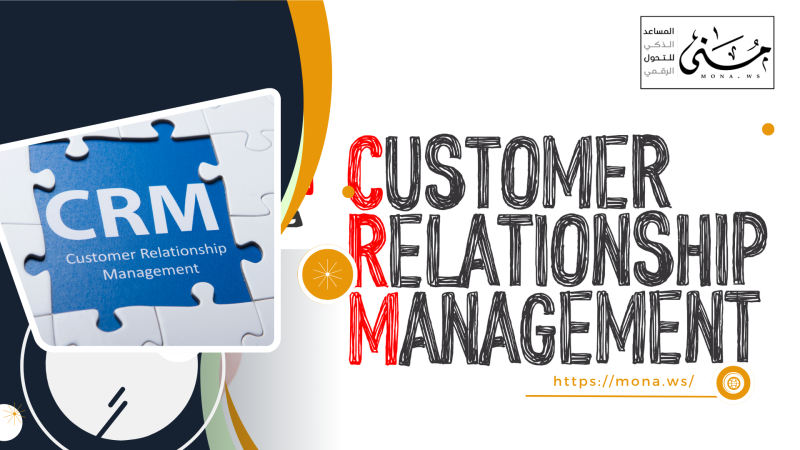In today’s rapidly evolving business landscape, decision-making is no longer optional; it’s the lifeblood that fuels a company’s growth and success. However, mid-sized companies often face unique challenges in streamlining their operations, particularly those involving complex administrative approvals. These challenges can hinder efficiency, lead to errors, and slow down progress. This is where workflow systems step in as strategic solutions that reshape how organizations function and make decisions.
This article dives into a real-world case of a mid-sized commercial enterprise and how the implementation of the DocSuite Workflow system brought about a transformational shift in its decision-making approach—particularly in purchase and travel request approvals—resulting in faster decisions and significantly fewer errors.
Traditional Challenges: The Manual Approval Battle
Before embracing modern workflow solutions, the mid-sized company, like many others relying on traditional methods, depended heavily on manual and paper-based processes to handle purchase and travel approvals. Imagine the daily scene: piles of paperwork cluttering desks, slowly circulating from one office to another in a seemingly endless bureaucratic maze.
A single request—whether for basic office supplies or crucial business travel—had to pass through a long chain of managers for signatures and approvals. Any one of these managers could be in meetings, out of the office, or on leave, causing continuous and massive delays.
These manual processes weren’t just slow and costly—they were plagued by fundamental issues that hurt the company’s performance and responsiveness:
-
Excessive Delays in Completion:
A simple purchase request could take days or even weeks to approve, especially when multiple departments or high-level managers were involved. This sluggishness had a direct and damaging impact on project timelines, procurement of essential materials, and timely employee travel for deals or conferences. Missed opportunities and delayed initiatives became the norm. -
Critical Human Errors:
Errors were alarmingly common—ranging from incorrect data entry to lost documents in the paper clutter or approvals granted despite missing key details. These mistakes weren’t just minor hiccups; they consumed precious time and cost significant money to correct, including document reprinting and restarting entire approval cycles. -
Frustrating Lack of Transparency and Tracking:
Once a request was submitted, employees found themselves in the dark. It was nearly impossible to track its status—who had it, what the next step was, or when a decision would be made. This lack of visibility led to frustration and countless follow-up calls and emails that drained employee time and focus. -
Confusing Responsibility and Approval Authority:
Often, there was no clear or documented approval protocol, leading to uncertainty over who was authorized to approve what and under what limits. This ambiguity caused delays and, at times, authority overlaps or overreach, creating potential administrative and legal issues. -
Massive Resource Waste:
The problems weren’t limited to lost time and money from errors and delays. There were also high costs for printing, physical storage of paper documents, and the sheer human effort spent manually tracking, searching, and redirecting paperwork. These activities consumed resources without adding real value, eroding the company’s profit margins and competitive edge.
These burdens were significant obstacles to the company’s growth and adaptability in a changing market. A major operational shift was urgently needed.
DocSuite: The Innovative Solution and Digital Transformation
Recognizing these challenges, the company began searching for ways to digitize and automate its processes. After careful evaluation, it selected DocSuite Workflow—a comprehensive workflow management system designed to automate complex business processes, particularly approvals.
DocSuite stood out for its flexibility and adaptability to the company’s specific needs, as well as its user-friendly interface that made adoption easy for staff. Its advanced tracking capabilities and detailed reporting features became crucial tools for informed decision-making.
The goal was clear: replace slow, resource-draining paper approval cycles with streamlined, transparent, and efficient digital workflows.
Implementation began with an in-depth analysis of the company’s current purchase and travel approval cycles. Every step, every potential approver, and every condition for approval was mapped. Customized workflows were then built within DocSuite—for example, purchase requests exceeding a certain amount required approval from both the finance director and the department manager, while travel requests needed sign-offs from the direct manager and HR.
The system also integrated supplier management to simplify approvals for new or renewed contracts. Once the workflows were tailored, employees were trained extensively, with an emphasis on the system’s practical benefits and how it would radically simplify their daily work.
Implementation Journey: From Paper to Digital
With DocSuite Workflow in place, the approval process underwent a complete transformation. Gone were the paper trails and manual signatures—replaced by an entirely digital, organized, and transparent system. This wasn’t just a change in tools—it was a full restructuring of workflow processes, which improved the speed and efficiency of company-wide decision-making:
-
Submit Requests at the Click of a Button:
Employees could now submit any request—whether for equipment purchases or travel authorization—through DocSuite’s intuitive interface. No more searching for or printing forms. Instead, they filled out a unified digital template with all necessary fields, significantly reducing errors or omissions. The system ensured all required information was present before submission, eliminating repetitive follow-ups. -
Automated Approval Routing:
No more lost or delayed requests. Once submitted, the request automatically followed the pre-defined approval path. For example, purchase requests went to the department head, then to finance, and potentially the general manager if the amount was high. Travel requests went to HR and the direct manager. The routing was fully automated and required no manual handoffs, ensuring requests reached the right people at the right time. -
Instant Notifications and Reminders:
Approvers received immediate notifications—by email or within the system—alerting them to new requests. No need to manually check—DocSuite did the prompting. Even better, the system sent automatic reminders if approvals were delayed, keeping everything on track. -
Real-Time Request Tracking:
Total transparency at every step! This was a game-changer. Any employee who submitted a request—and all relevant managers—could track its progress in real-time via a simple dashboard. They could see who currently held the request, what the next step was, and the full history of actions and approvals. This eliminated guesswork and unnecessary inquiries, boosting clarity and trust across the board.
Tangible Results: A Decision-Making Revolution
The impact of implementing DocSuite Workflow was not minor—it was a complete transformation of the company’s decision-making approach:
-
Unprecedented Speed:
Approval cycles for purchases and travel dropped from days or weeks to just a few hours in most cases. Decision-making became swift and responsive, enabling the company to act quickly on market opportunities. -
Minimal Human Error:
Standardized digital forms and automated validation nearly eliminated data entry mistakes and missing information. The clear routing paths also prevented miscommunication and lost documents. -
Full Transparency and Tracking:
Every step was visible and logged. This not only built trust but provided a complete audit trail for future reviews and accountability. -
Stronger Accountability:
Each approver was directly responsible for their timely actions. The system recorded who approved what and when, removing ambiguity and enforcing discipline. -
Major Resource Savings:
The company eliminated huge volumes of paper, saving on printing and storage costs. More importantly, it freed up employee time once wasted on manual follow-ups, allowing them to focus on higher-value, creative tasks. -
Empowered Decision-Making:
With accurate data and instant access to information, managers could make better-informed decisions. They no longer relied on fragmented or outdated details but had a complete, real-time picture.
Naturally, the transition wasn’t without challenges. Some staff initially resisted change, preferring old routines. This was addressed through intensive training, ongoing support, and clear communication of the direct benefits for each employee. There were also minor technical issues early on, but DocSuite’s support team quickly resolved them.
A Strategic Investment in the Future
This mid-sized company’s experience shows that adopting workflow solutions like DocSuite is not just a technical upgrade—it’s a strategic investment that leads to fundamental changes in decision-making and operational efficiency.
DocSuite Workflow didn’t just digitize the company’s approval processes—it redefined speed, accountability, and organizational agility. Its success should inspire other businesses to explore how workflow automation can propel them toward a more digital, efficient, and competitive future.









Comments
Add New Comment